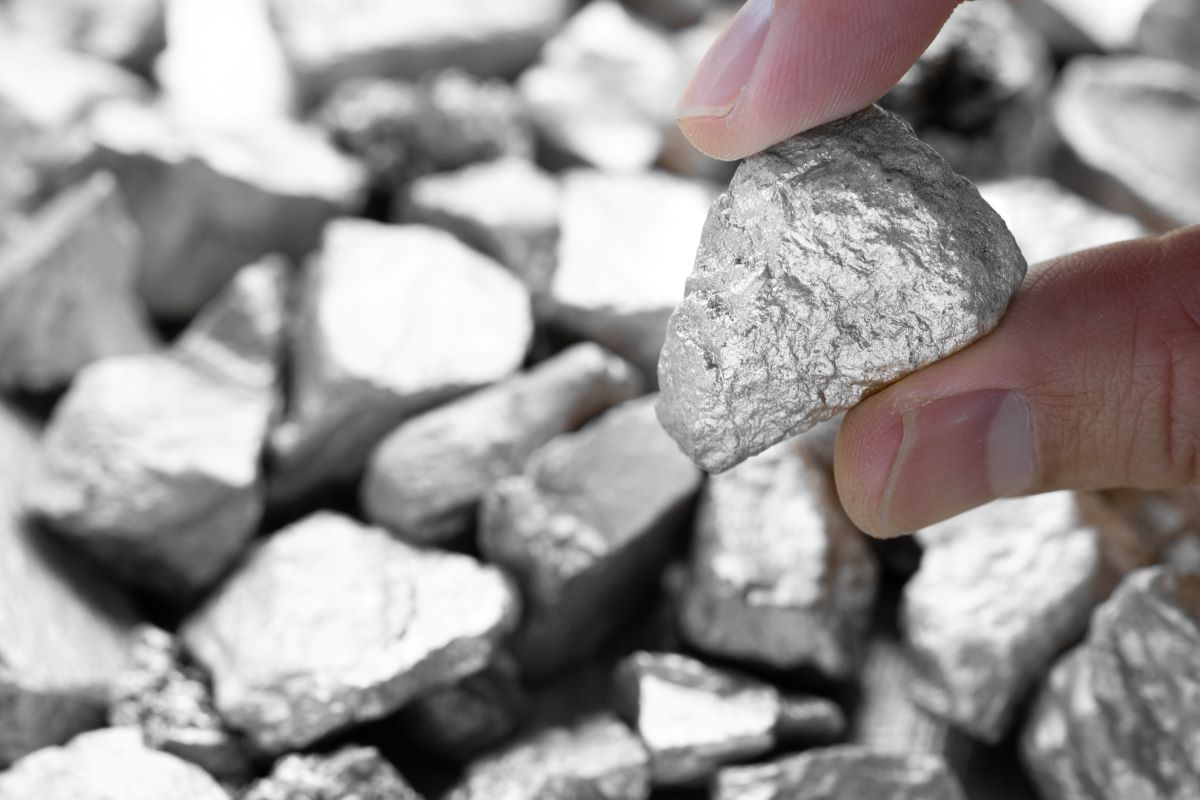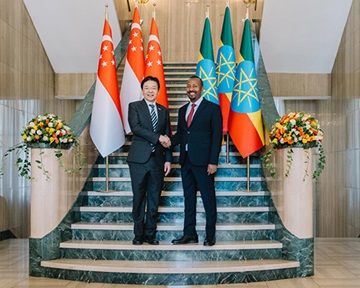Shenghe Resources locks in rare earths supply from Tanzania
Chinese minerals giant secures access to material used in EVs and wind turbines

A Singapore-based unit of China's Shenghe Resources has signed an agreement with Australian company Peak Rare Earths to purchase all of the rare earths concentrate produced from its Ngualla mine in southwestern Tanzania.
The Ngualla Rare Earth Project is said to possess one of the world’s largest and most cost-efficient deposits of neodymium praseodymium. This material is commonly used to produce permanent magnets, essential in electric vehicle (EV) motors and wind turbines, as well as in other technologies. China recently announced RMB520bn (US$72bn) in tax incentives for EVs over the next four years, a measure expected to further boost demand.
Still in its nascent stages, the Ngualla venture encompasses the development of a mine, mill, concentrator, and related infrastructure, with an estimated price tag of around US$320m. As part of the project, there will be a major beneficiation process in Tanzania, transforming ore with an approximately 4.8% rare earth oxides (REO) grade into a 45% REO high-grade concentrate. Additionally, the Ngualla site contains deposits of niobium-tantalum, phosphate, fluorspar, and barite. These commodities, currently under evaluation, might offer the project further upside potential.
Shenghe Resources, active in mining, refining, trading, and metal production, is China's largest importer of rare earths concentrate and holds a 19.8% stake in Peak Rare Earths. Beyond committing to buy concentrates from Ngualla, it has pledged technical and financial backing. The final investment decision and start of construction are slated for the end of May 2024, with the goal of having the project fully operational by early 2026.
In April, the Tanzanian government entered agreements with three Australian entities, including Peak Rare Earths, to mine graphite and rare earths. The other two companies are Evolution Energy Minerals and Ecograf. For these projects, the government will own a 16% stake in each company that's jointly established to operate the projects.
President Samia Suluhu Hassan has expressed an ambition to increase the mining sector's contribution to GDP to at least 10% by 2025, an increase from 4.8% in 2018. The country is getting close to reaching this goal. In the third quarter of 2022, the sector accounted for 9.7% of the economy. Beyond its rare earth elements, Tanzania's mining resources encompass gold, silver, tanzanite, iron ore, copper, nickel, cobalt, graphite, and uranium.
References
‘Tanzania signs $667 mln deals for rare earth and graphite projects’, Reuters, 17 April 2023
‘What Sh1.5 trillion pacts with mining firms herald for Tanzania's economy’, The Citizen, 19 April 2023
‘Tanzania, Australia firms sign $667m deal to mine rare earths’, The East African, 19 April 2023
‘China unveils $72 billion tax break for EVs, other green cars to spur demand’, Reuters, 21 June 2023
‘Quarterly activities report and Appendix 5B’, Peak Rare Earths, June 2023
‘Tanzania rare earth and critical minerals’, International Trade Administration U.S. Department of Commerce, 10 July 2023
‘Rare earths junior says sell to China or ‘twiddle your thumbs’’, The Australian Financial Review, 9 August 2023
‘A defining partnership to underpin the Ngualla Project,’ Peak Rare Earths, August 2023
‘Ngualla Rare Earth Project, Tanzania’, Peak Rare Earths, Accessed 21 August 2023








